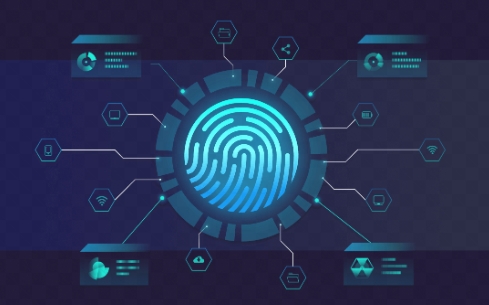Pattern recognition is a key component of artificial intelligence (AI) technology, allowing machines to identify patterns in data and make decisions based on those patterns. This ability is essential for tasks like image recognition, speech recognition, and natural language processing.
Training Machines to Recognize Patterns
Machine learning algorithms are used to train AI systems to recognize patterns in data. These algorithms analyze large amounts of data and identify common patterns or structures. By learning from these patterns, machines can make predictions or decisions based on new data.
Image Recognition
One of the most common applications of pattern recognition in AI is image recognition. AI systems can be trained to recognize objects, people, or scenes in images. This technology is used in applications like facial recognition, self-driving cars, and medical imaging.
Speech Recognition
Another important application of pattern recognition in AI is speech recognition. AI systems can be trained to recognize and transcribe speech, allowing for applications like virtual assistants and speech-to-text software.
Natural Language Processing
Pattern recognition is also used in natural language processing, allowing machines to understand and generate human language. AI systems can analyze the patterns in text data to perform tasks like sentiment analysis, language translation, and chatbot interactions.
Challenges and Opportunities
While pattern recognition is a powerful tool in AI, there are still challenges to overcome. One challenge is the need for large amounts of labeled data to train machine learning algorithms effectively. Another challenge is the need for AI systems to generalize patterns and make accurate predictions on unseen data.
Despite these challenges, pattern recognition in AI holds great promise for a wide range of applications. By unleashing the power of pattern recognition, machines are learning to see and understand like humans, revolutionizing industries and transforming the way we interact with technology.

